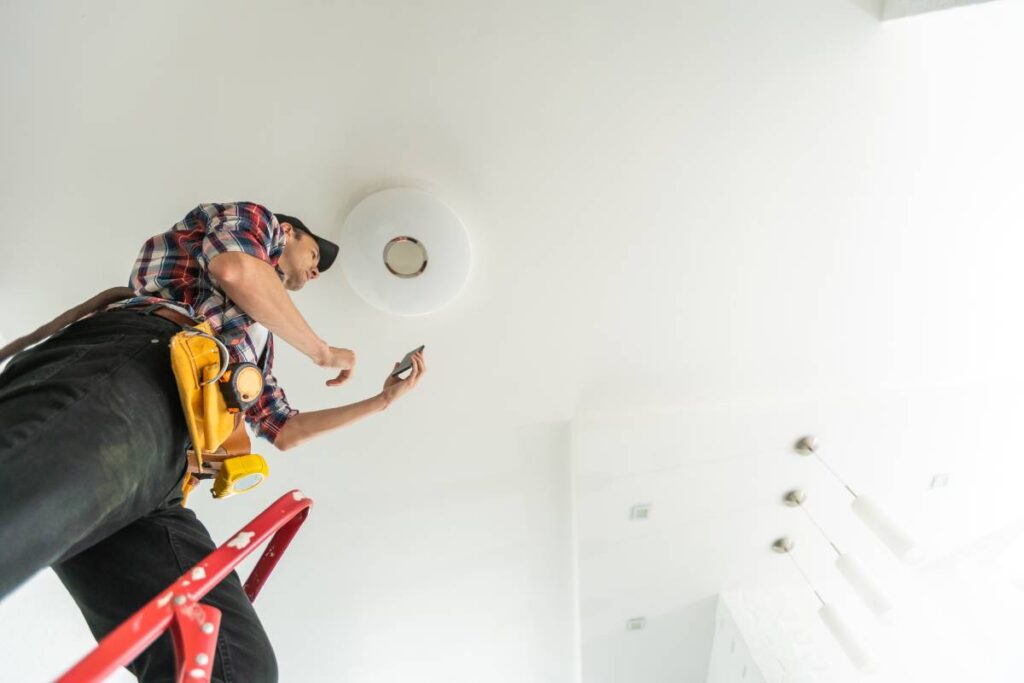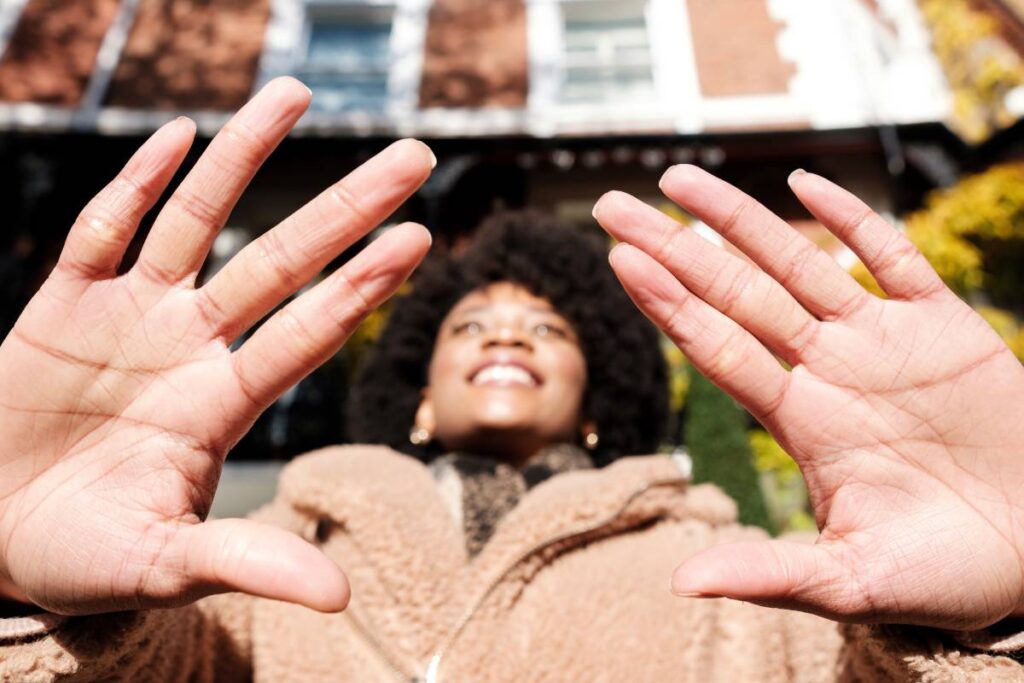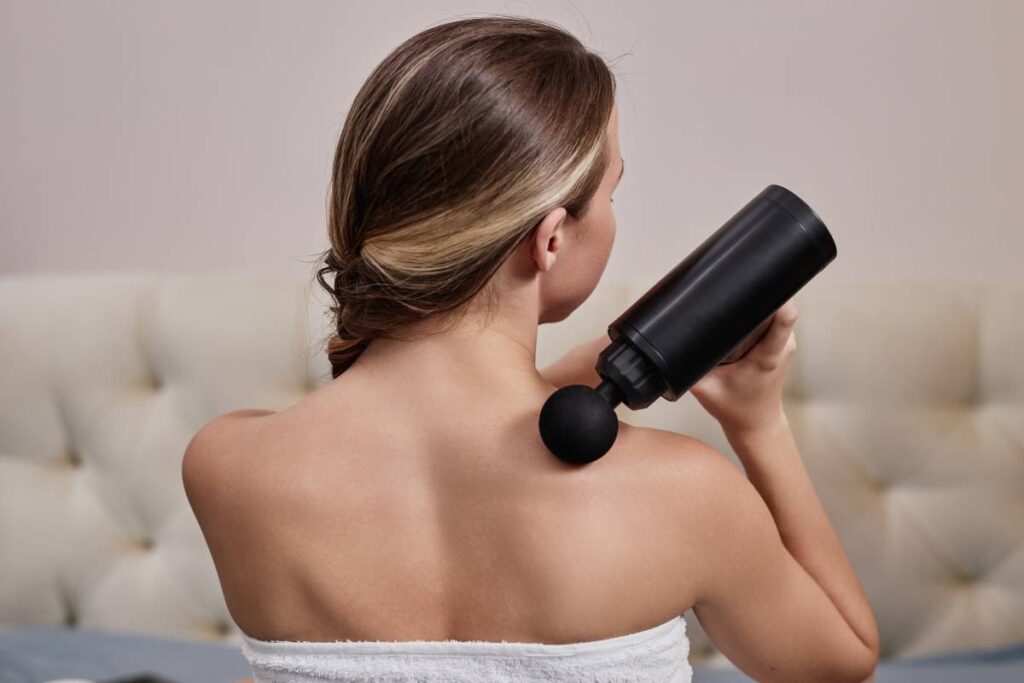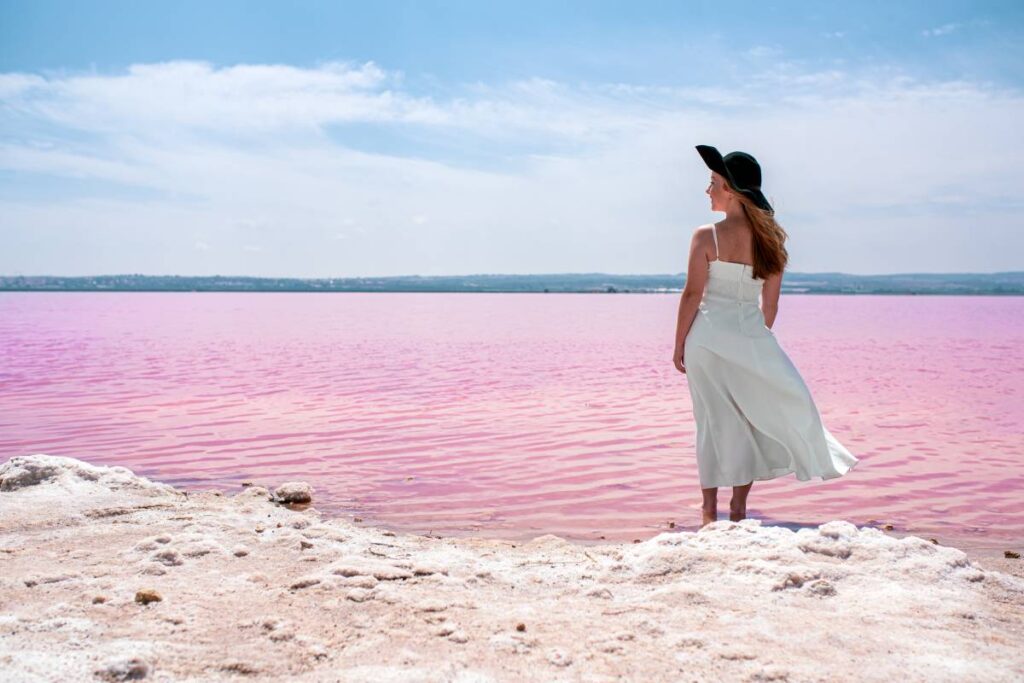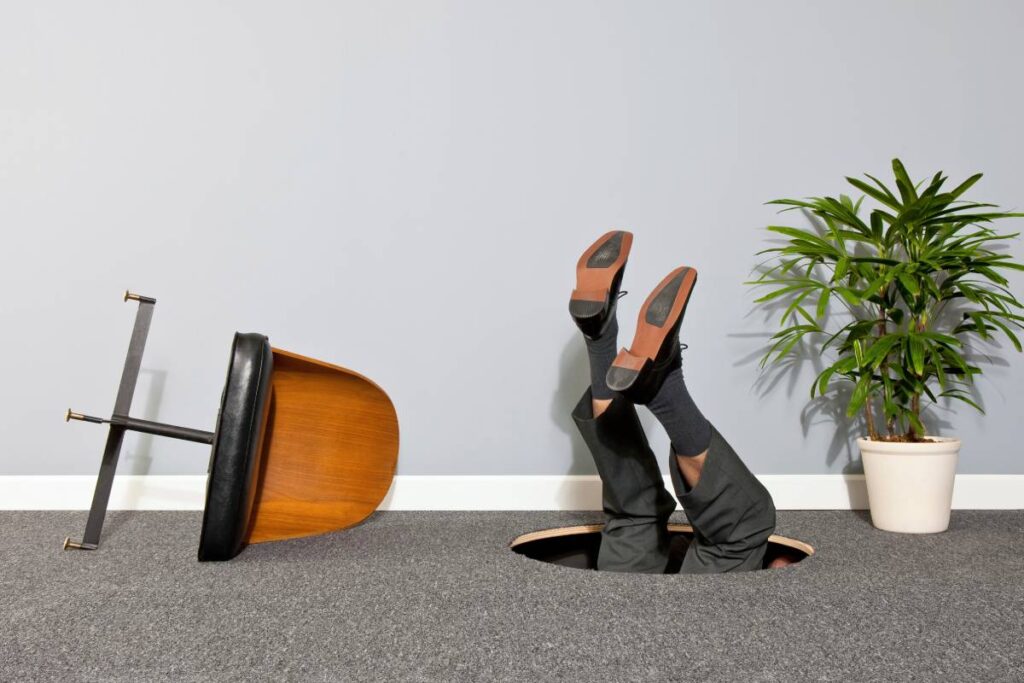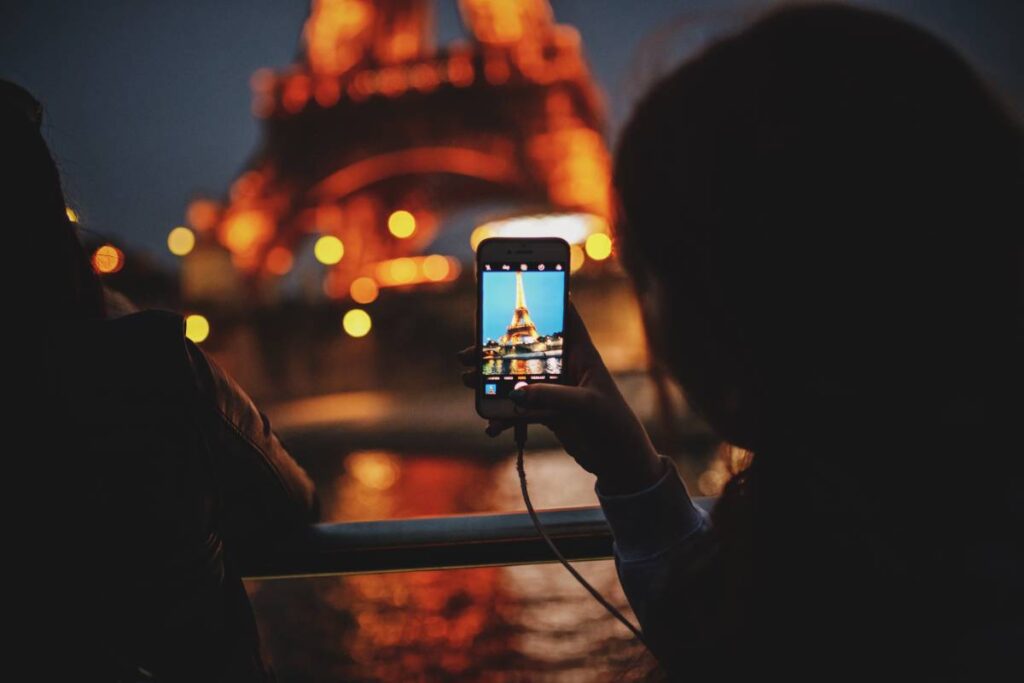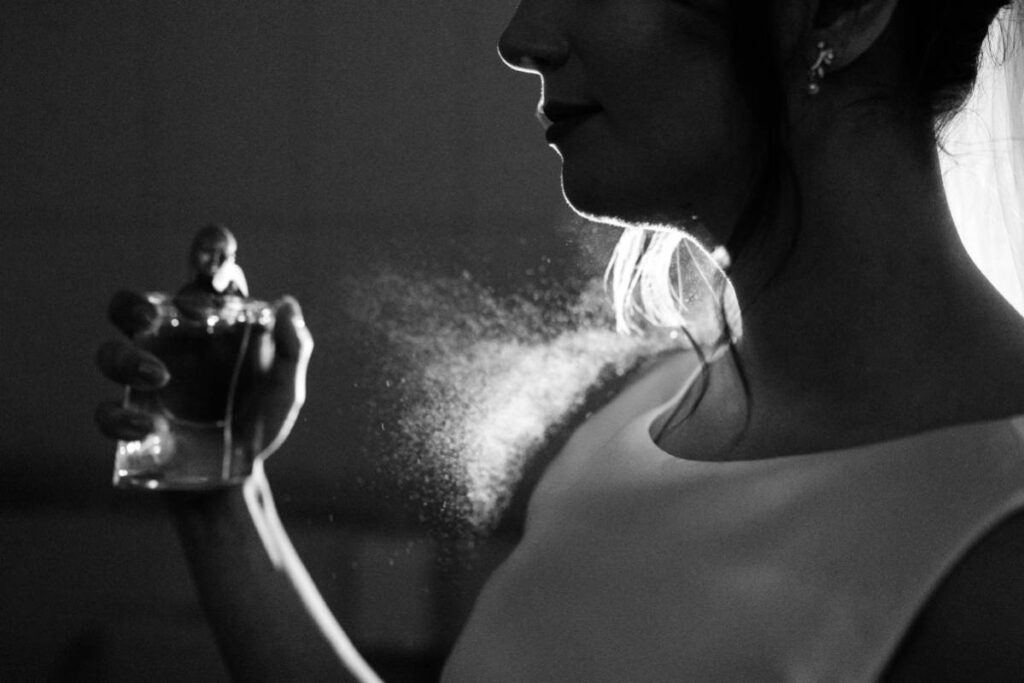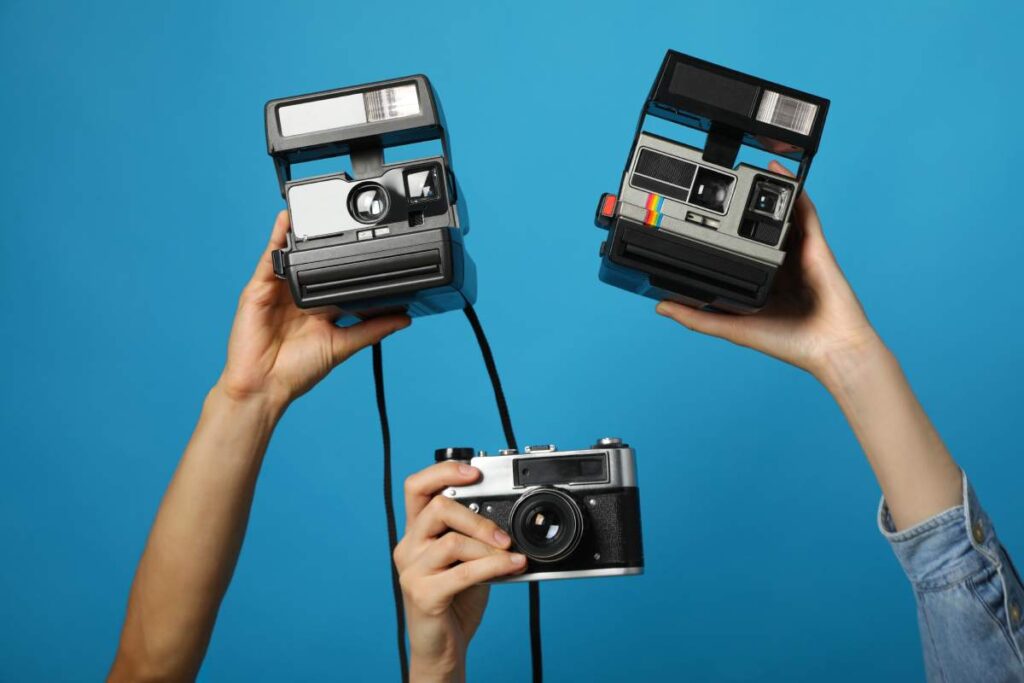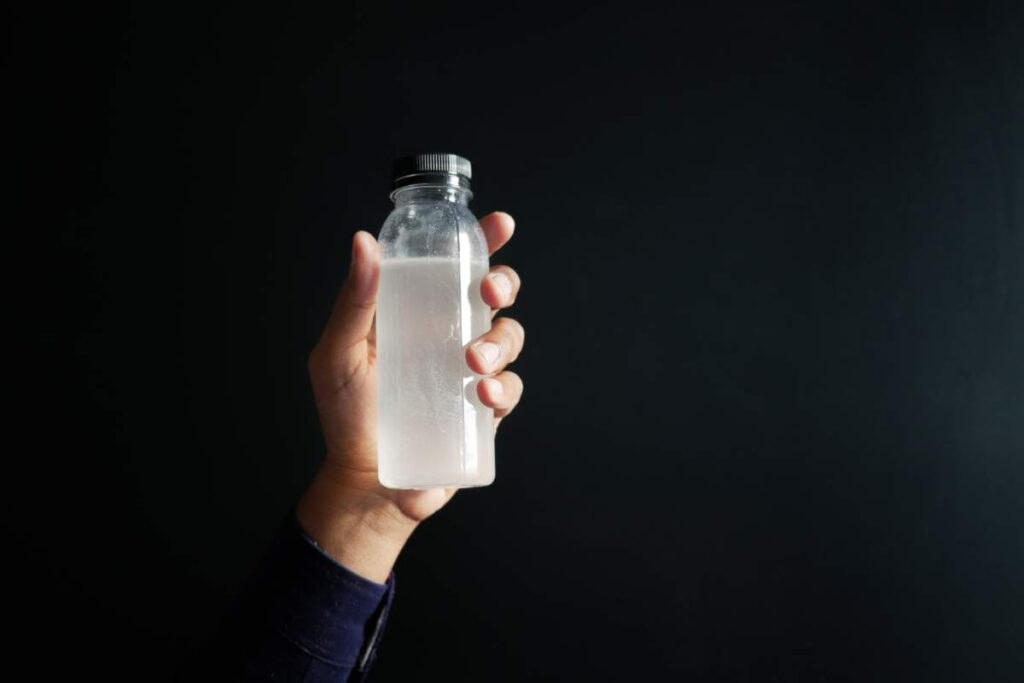Luxury Packaging: Elevating Brand and Consumer Experience
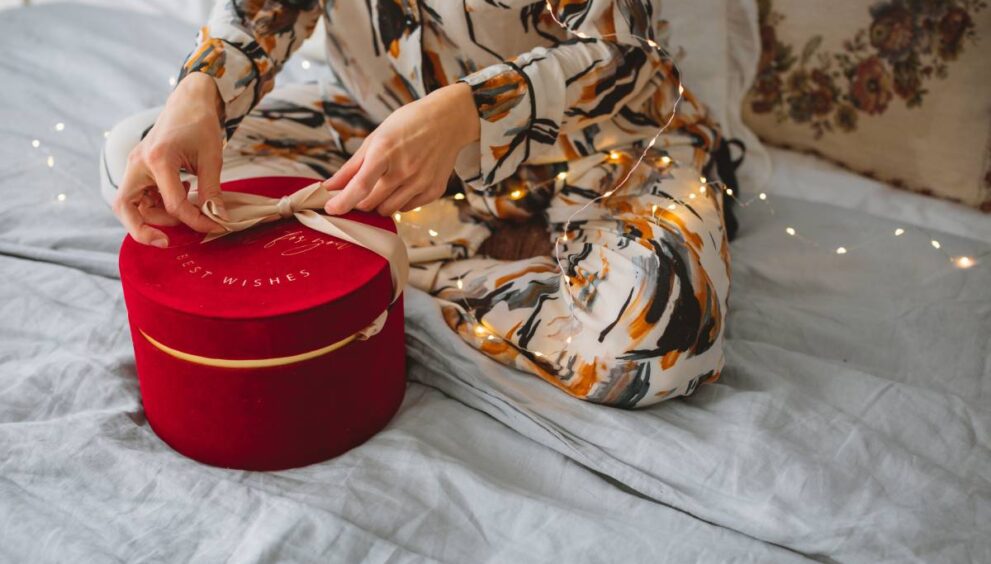
Luxury packaging has evolved from a protective function to an art form that enhances the consumer experience, reflecting the brand’s essence.
Every design detail, from materials to aesthetics, communicates exclusivity, quality, and craftsmanship, creating an emotional connection with the product.It serves as both a statement of luxury and a strategic tool that reinforces the brand’s identity.
In a competitive market, packaging plays a key role in distinguishing the brand, making it essential for creating lasting impressions, fostering consumer loyalty, and driving the overall success of the brand.
This sensory-rich experience enhances not only the initial purchase but also builds long-term relationships between the brand and its consumers.
What Is Luxury Packaging?
Luxury packaging is the art of presenting premium products in ways that reflect exclusivity, sophistication, and quality. It uses high-end materials, intricate designs, and attention to detail to make the unboxing experience itself a memorable event.
Unlike regular packaging, which focuses on protection, luxury packaging enhances the consumer’s experience from the first glance to the moment they hold the product.
Elements like custom-made boxes, embossed logos, silk ribbons, and materials like velvet or wood elevate the product’s appeal, reinforcing the brand’s premium status and making the customer feel special.
Why is Packaging Design So Important?
Packaging design plays an essential role in shaping a brand’s image, attracting consumers, and conveying the product’s value. For luxury brands, this becomes even more critical. Here’s why:
1. First Impressions Matter
In the world of luxury, first impressions are everything. Packaging serves as the first tactile and visual touchpoint with the product. When a customer interacts with a luxury product, they’re not just experiencing the product itself but the brand behind it.
A beautifully designed package creates an instant emotional connection and sets the tone for the entire brand experience. It builds anticipation, enhances excitement, and makes the product feel more valuable.
2. Brand Differentiation
The luxury market is flooded with products vying for attention, and standing out can be challenging. Packaging design plays a crucial role in this differentiation. A unique, well-designed package can elevate a brand above its competitors, making it instantly recognizable.
Whether it’s a signature color, shape, or texture, clever packaging design creates a visual identity that customers associate with the brand.
For instance, a high-end perfume brand might use a glass bottle that mimics the shape of a gemstone, while a luxury fashion label might use premium, sleek, minimalist boxes. These design choices communicate the essence of the brand’s identity.
3. Communicating Quality
Luxury is synonymous with high quality, and the packaging design must reflect this principle. Premium materials like embossed leather, gold leaf, or rare metals instantly signal a commitment to quality.
The tactile experience of handling the packaging can convey the durability, luxury, and prestige of the product inside. If a customer feels the weight, texture, and craftsmanship of the packaging, they are more likely to associate the product inside with the same qualities, even before they see it.
4. Telling a Story
Good packaging design is not just about aesthetics; it’s also about storytelling. In the luxury sector, packaging can serve as a medium to narrate the story of the brand or the origins of the product.
For example, a luxury watch brand might incorporate design elements that refer to the meticulous craftsmanship of watchmaking, while a high-end skincare brand might choose organic, earthy packaging materials that reflect the purity of their ingredients.
Through packaging, a brand can give consumers a deeper understanding of the product’s history, values, and vision, enhancing their emotional connection to it.
5. Creating Exclusivity
One of the hallmarks of luxury is exclusivity. Packaging is an effective way to communicate this value to the customer. Limited-edition designs, collectible packaging, and customization options contribute to a sense of rarity.
Packaging that is thoughtfully designed to reflect a product’s exclusive nature makes consumers feel like they are part of a select group.
Whether through unique shapes, colors, or even numbered packaging, luxury brands use packaging to create a feeling of scarcity and desirability.
6. Enhancing the Unboxing Experience
The unboxing experience has become an essential part of the consumer experience, particularly in the luxury sector. The moment a consumer opens a luxury package, they are entering a world of elegance, refinement, and indulgence.
Every element, from the smooth opening of a box to the soft sound of silk wrapping, contributes to the feeling of luxury. It’s about more than just getting the product out of the package it’s about creating a memorable, sensory-rich experience that feels as luxurious as the product itself.
Why is Luxury Branding Important?
Branding is about much more than just a logo or a name; it’s about shaping perceptions and creating an emotional connection with the consumer.
In the luxury industry, where the competition is fierce, and customers expect the highest level of quality, branding is everything. Let’s look at why luxury branding is so vital.
1. Building Trust and Reputation
In the luxury market, consumers are willing to pay a premium for products they believe reflect quality, status, and sophistication.
The strength of a luxury brand is directly linked to its reputation. Effective branding creates a sense of trust and reliability among consumers, ensuring that they know they are investing in a product that delivers exceptional value.
Over time, strong branding can elevate a company to the status of a household name, like Rolex, Chanel, or Louis Vuitton, where the brand itself becomes synonymous with luxury.
2. Emotional Connection
Luxury branding is rooted in emotional appeal. It’s not just about selling a product it’s about selling a lifestyle, an experience, and a sense of belonging to an exclusive community. The luxury customer buys into a narrative that speaks to their desires for self-expression, status, and distinction.
A well-executed branding strategy taps into these emotions, building a deeper connection with the consumer. Through elegant design, aspirational messaging, and captivating storytelling, luxury brands create an experience that transcends the product itself.
3. Creating Perceived Value
Perceived value is a crucial aspect of luxury branding. A luxury product’s value is not just in its materials or craftsmanship it’s also in the exclusivity, craftsmanship, and heritage that the brand represents.
Packaging and branding work together to create this perception. The careful design of packaging elements like logos, fonts, colors, and textures reinforce the brand’s identity and contribute to the product’s perceived value.
A luxury product that’s well-branded and thoughtfully packaged automatically communicates that it’s worth its high price tag.
4. Brand Loyalty
Luxury branding creates a sense of loyalty among consumers. When customers invest in high-end products, they’re not just buying a product they’re buying into the brand and its promise of quality, exclusivity, and prestige.
Luxury brands often have a dedicated customer base, with individuals who return time and time again. This loyalty is nurtured through a combination of consistent branding, superior packaging, and a customer-centric experience that reinforces the value of the brand at every touchpoint.
5. Global Recognition and Prestige
A strong luxury brand doesn’t just appeal to a local market; it has the potential to become globally recognized. Packaging design plays a critical role in making sure that the brand maintains its prestige and appeal across different cultures and markets.
As luxury brands expand into new territories, their branding and packaging must evolve to align with local tastes and expectations, while still maintaining the brand’s core identity. Luxury packaging that resonates universally enhances the prestige and desirability of the brand on a global scale.
ESG Industry
Environmental Social and Governance (ESG) considerations are becoming increasingly important in the food industry. Sustainable luxury packaging is now a growing trend, as brands prioritize eco-friendly materials, ethical sourcing, and reduced waste.
Consumers expect premium brands to adopt responsible packaging solutions, such as biodegradable materials, recyclable packaging, and carbon-neutral production processes.
Incorporating ESG principles into luxury packaging not only enhances brand reputation but also aligns with the values of socially-conscious consumers, fostering long-term loyalty and trust.
Conclusion
Luxury packaging, design, and branding are inseparable elements that elevate the status of high-end products. Through careful design and premium materials, packaging serves as both a protector and a statement of the product’s quality.
It creates a memorable unboxing experience, enhances emotional connections, and tells the story of the brand. Meanwhile, effective luxury branding builds trust, fosters loyalty, and ensures that the brand remains synonymous with exclusivity and sophistication.
In a world where consumer expectations are constantly rising, luxury packaging and branding are key to standing out, creating lasting impressions, and ensuring continued success in the competitive high-end market

